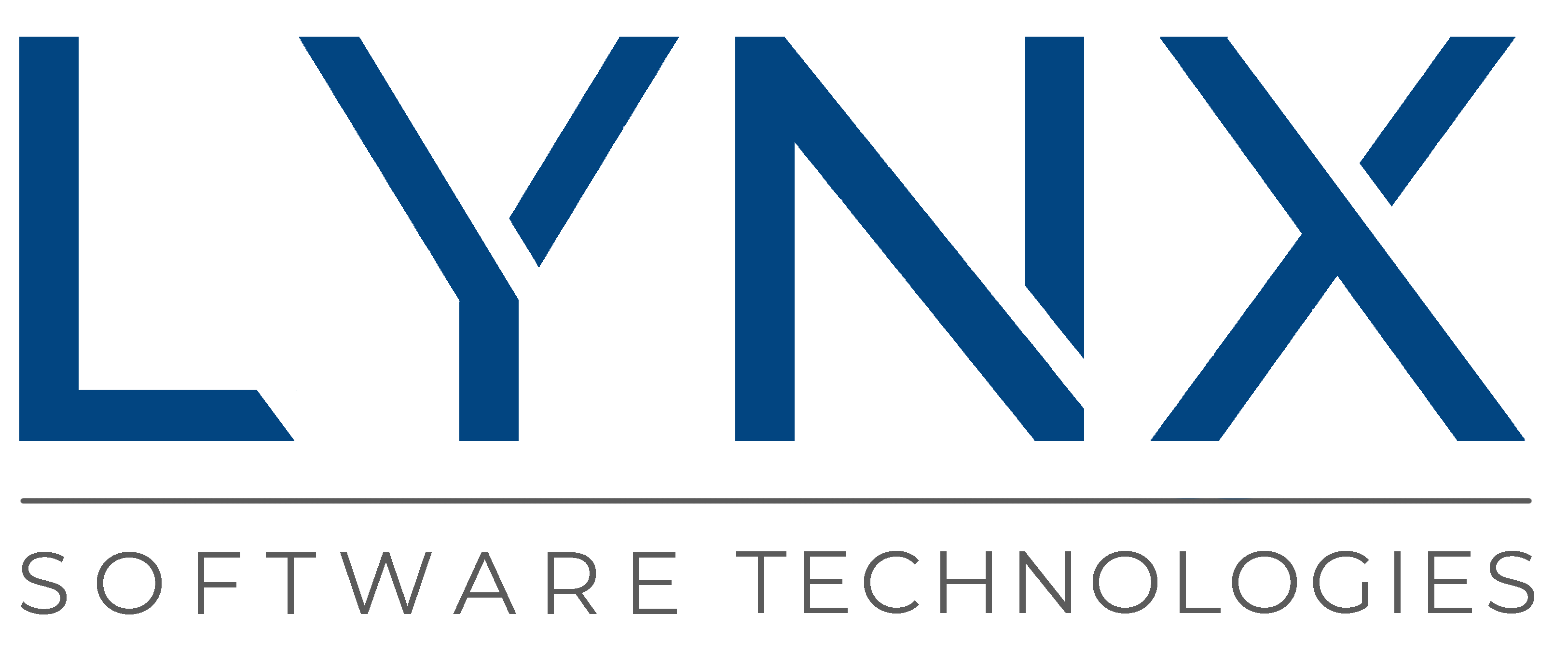In the middle of 2020, Lynx Software Technologies announced its first product specifically focused on industrial use cases. The value chain and set of technologies needed to deploy secure, updateable platforms in modern factories, buildings and cities is extremely complex. No one company can deliver all of the elements. It takes a village. Lynx is extremely excited to welcome Eurotech into our ecosystem…and vice versa….Lynx is extremely excited to enter into Eurotech’s set of partners!
As the press release notes, we are just starting the journey. What we hear from end customers is that the system requirements are changing. There is clearly a need to support legacy applications but embrace new cloud connectivity and in-field updates to software functionality while ensuring that critical systems can still meet worst-case execution times (typically 10s or 100s of microseconds) no matter what other applications are executing in parallel. Lynx refers to this as the mission-critical edge, with relevancy in industrial, buildings, automotive, avionics, smart cities, and indeed Enterprise applications.

For more information, you can go to the following link. Our board advisor, Flavio Bonomi, recently presented at the virtual Electronica event, outlining his vision for this space. There is a write-up and a replay of his specific presentation that is accessible.
This industry write-up on the Intel website is an excellent example of what is possible with these capabilities. To be clear, this is NOT a specific use case where Lynx technology is being deployed today…I think it is useful to showcase data points from companies that are not connected with Lynx! There is such a richness of data at the edge of the network that can be harnessed to improve factory processes as shown in this example with Audi.
With this approach, we are working with Eurotech and engaging customers to see how the combination of our technologies can make systems “better”…that might be in terms of system reliability or effectiveness or accuracy or cost. I look forward to sharing specific use cases in future versions of this blog.



 Ian Ferguson | VP Marketing
Ian Ferguson | VP Marketing



